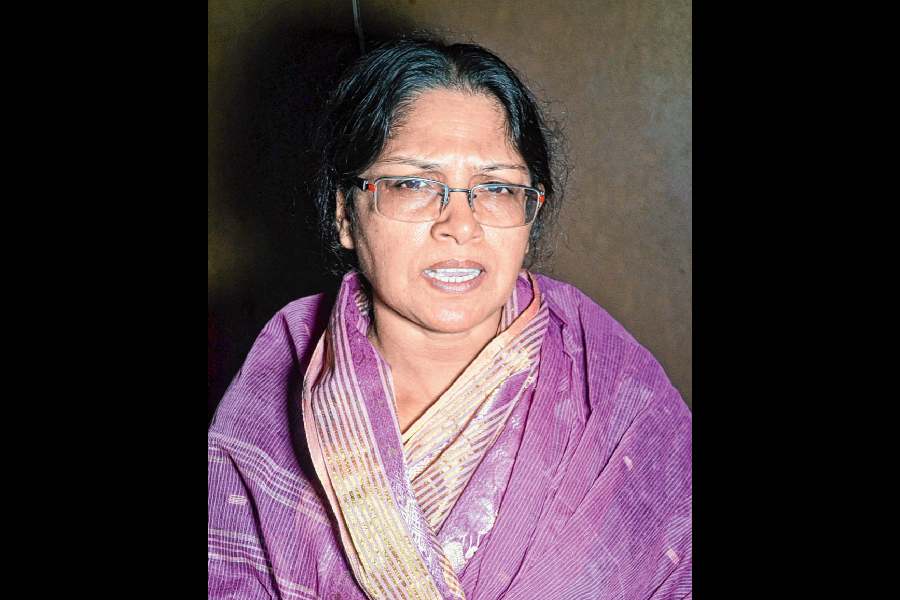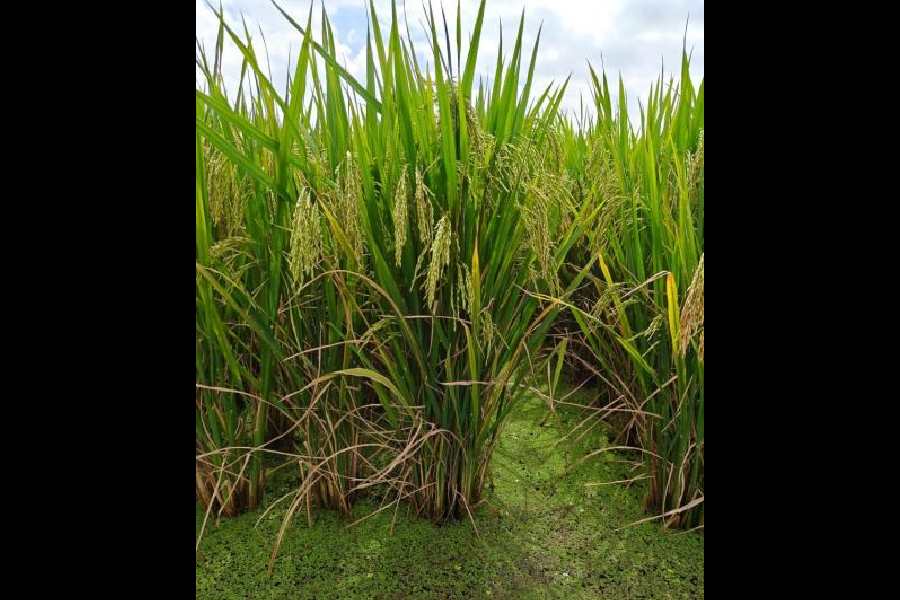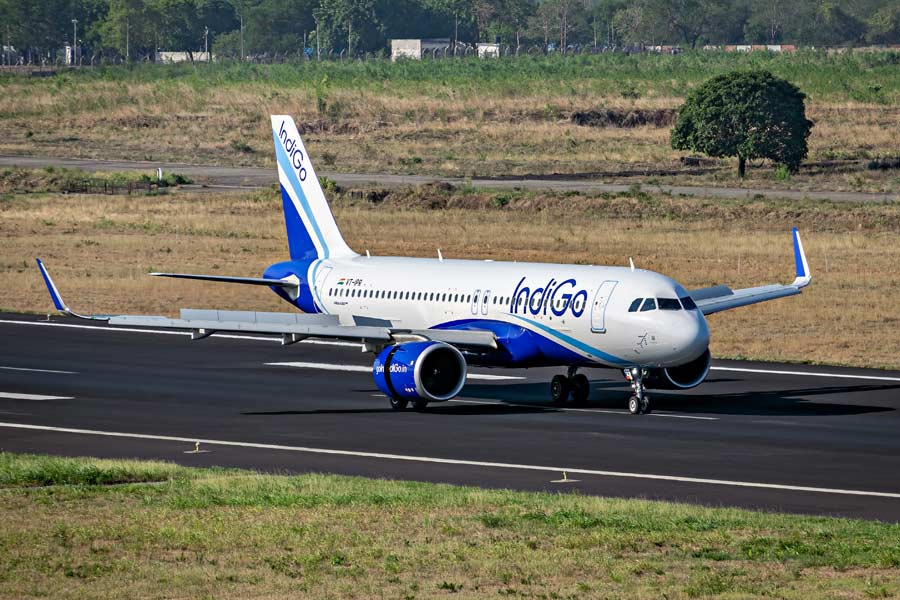|
|
| The duke of Abruzzi on Chogolisa |
It is September 23, 1899. A 40-year-old Italian photographer is standing on the Zemu Glacier in north Sikkim at an altitude of around 15,000 feet, below the massive northeast face of Kanchenjunga. It is five o’clock in the morning, dark and bitterly cold. His large tripod is sunk in almost three feet of snow. It has been snowing for almost four days. From the north, a chilling wind is blowing across the Green Lake plain, biting through his tweed jacket. But Vittorio Sella, the legendary mountain photographer, is undaunted. He mounts his large 40-pound plate camera on the tripod and slowly pans it away from that sheer face of the third highest peak in the world. Sella carefully frames his photograph, inserts the two-pound film plate and waits for dawn. And, as the first light touches Siniolchu, one of the satellites of Kanchenjunga, Sella presses the shutter to capture possibly the finest view of one of the most beautiful mountains in the world.
The year 2009 marks the 150th birth anniversary of Sella. In all probability, this will go unnoticed. Sella is virtually unknown today but in his time he was one of the most celebrated photographers in Europe.
Born in 1859 in the village of Biella, Italy, Sella photographed mountains in four continents: the Russian Caucasus, the Saint Elias range in Alaska, Mount Rwenzori in Africa, Kanchenjunga in the Himalayas and K2 in the Karakoram. His father was a textile merchant, and young Vittorio worked in his father’s factory for some time as a chemist until his passion for mountains and photography got the better of him. Sella’s passion for the mountains was possibly transmitted to him by his uncle, Quintino Sella, who was the founder of the Italian Alpine Club. From 1880 to 1893, young Vittorio climbed and photographed the Alps, completing the first winter ascent of the Matterhorn in 1882 and the first winter traverse of Mont Blanc in 1888, for which he received an award from the Royal Geographical Society, London.
Sella’s work in the Alps caught the attention of the duke of Abruzzi, a keen mountaineer and explorer. In 1897, Sella was invited by the duke to an expedition to Alaska, where he photographed the Saint Elias range of mountains. He participated in two further expeditions with the duke. In 1906, he went to the “mountains of the moon”, Rwenzori in Africa, and in 1909 to the Karakoram, where he documented K2 and Chogolisa with rare finesse. The expedition to Chogolisa set a new altitude record of 7,500 metres (24,600 feet) which remained unbroken until the British expedition to the Everest in 1922. Unfortunately, the duke was forced to turn around when he was just 150 metres below the summit due to bad weather. Interestingly, Chogolisa remained unclimbed until an Austrian expedition summited the peak in 1975. Sella’s photograph of the duke and his guides climbing the Chogolisa icefall, with enormous seracs about to topple over their heads, remains one of the classics of mountain photography.
In 1899, Sella embarked on his most ambitious expedition, accompanying the British mountaineer, Douglas Freshfield, on the first ever circuit of Kanchenjunga. The trip, which started in the monsoon, successfully mapped the region around Kanchenjunga for the first time and, with Sella’s brilliant photographs, serves as an archive for future generations of explorers even today. The expedition was struck by very bad weather which caused unseasonal snow in the Zemu valley in north Sikkim. Despite odds, Sella was able to continue photographing right through the snowfall.
Many of the great mountains in the world were first photographed by Sella: K2 swirling in monsoon clouds, avalanches thundering off Mount St Elias, the peak of Rwenzori shining over the great African plains, Jannu towering over the Chunjerma Pass in eastern Nepal, Kanchenjunga from the Green Lake plain in north Sikkim. In 1935, at the age of 76, Sella made one last attempt to climb the Matterhorn which proved unsuccessful. He died in Biella in 1943 at the age of 84.
In his memory, the Italian Alpine Club set up the Vittorio Sella Hut at an altitude of 2,588 metres among the mountains of the Grand Paradiso range. The hut is frequently used today by both climbers and photographers. The highest peak on Mount Luigi di Savoia in the Rwenzori range was named Sella Peak in his honour.
Sella’s work has been printed in a large-format book, Summit: Vittorio Sella, Pioneer Mountaineering Photographer, 1879-1909, which is possibly the most important reference work for his photographs. Lodovico Sella, a descendant of Vittorio, has set up the Sella Foundation in his hometown Biella that has the largest archive of Sella’s negatives and photographs.
The legendary landscape photographer, Ansel Adams, wrote: “Knowing the physical pressures of time and energy attendant on ambitious mountain expeditions, we are amazed by the mood of calmness and perfection pervading all of Sella’s photographs. In Sella’s photographs there is no faked grandeur; rather there is understatement, caution, and truthful purpose.... Sella has brought to us not only the facts and forms of far-off splendours of the world, but the essence of experience which finds a spiritual response in the inner recesses of our mind and heart.”











